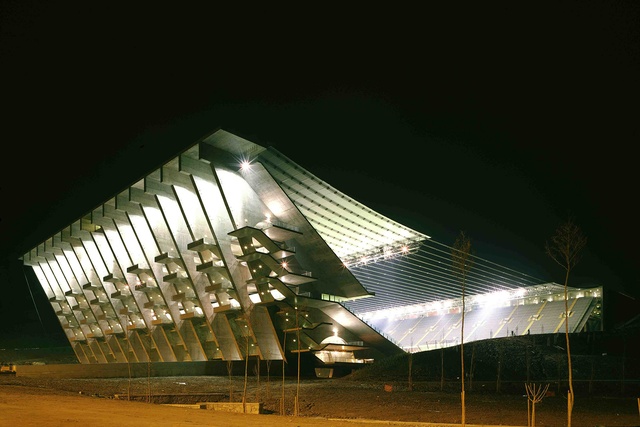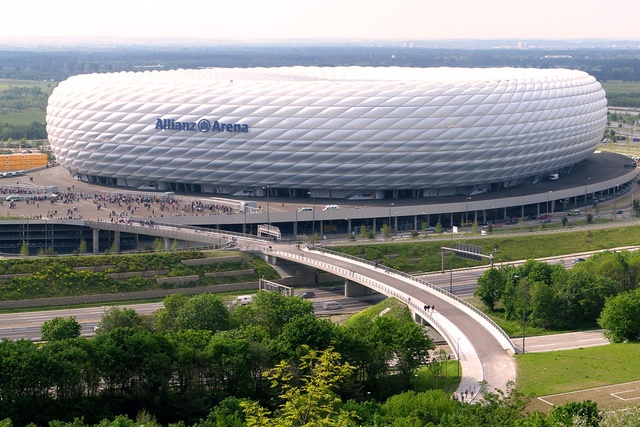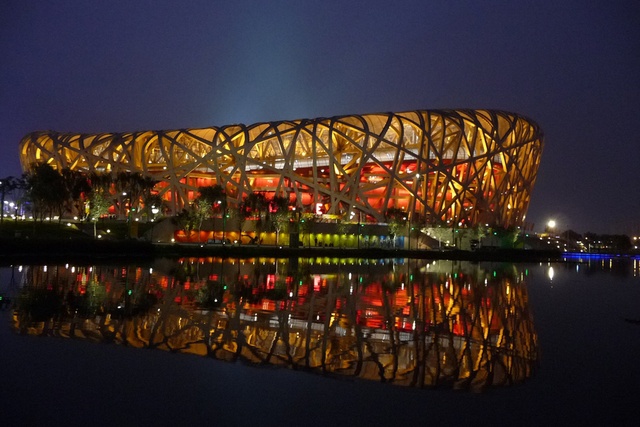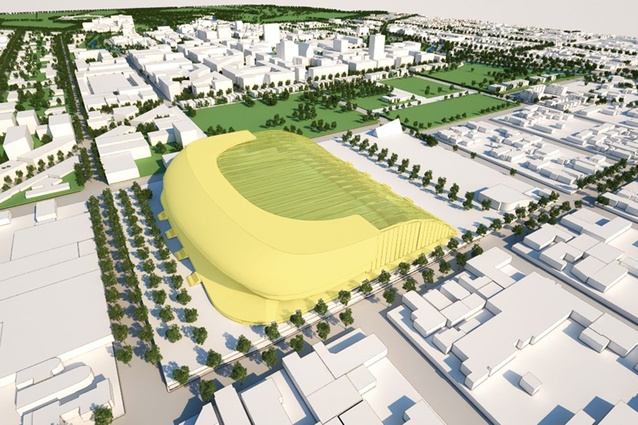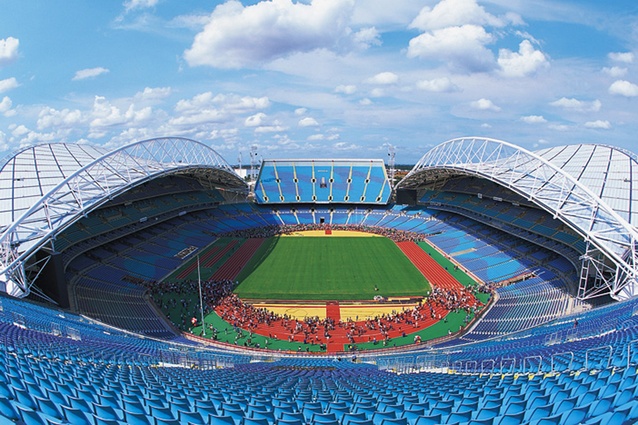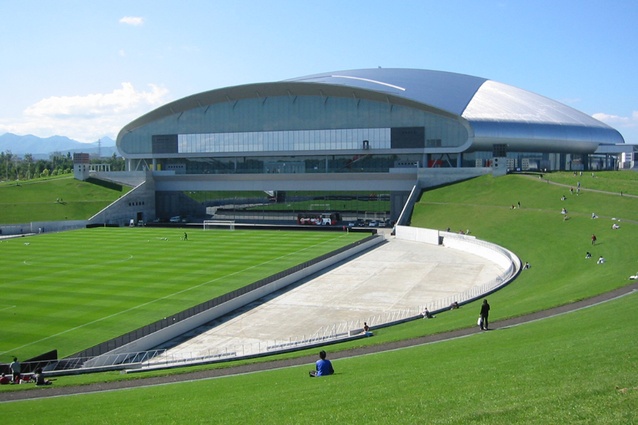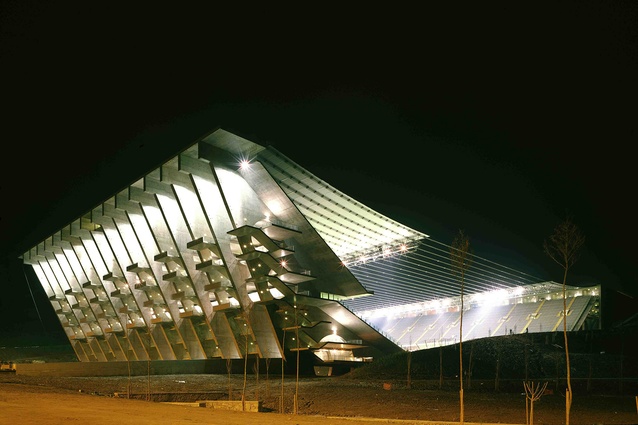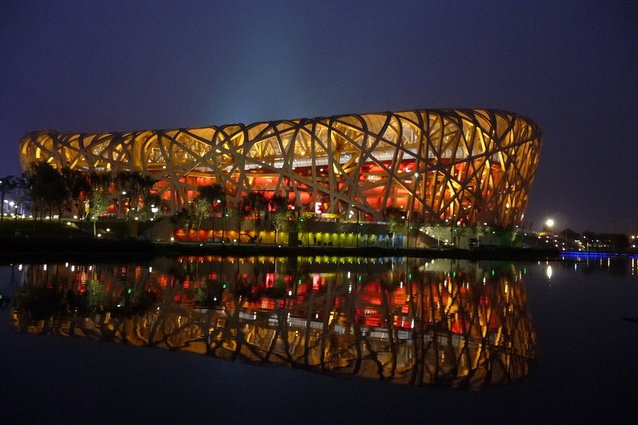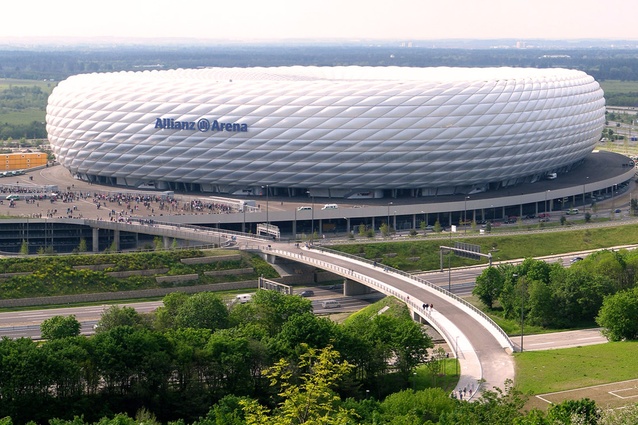Fields of glory: stadium design at home and overseas
Large sports arenas and stadiums have always sparked architectural imagination and inspired innovative and novel expressions whilst working within the limitations of a very large structure. Using space in a creative fashion while also maintaining flexibility, strength and the ability to adapt to multiple purposes means stadium design is challenging but rewarding.
New Zealand’s stadia have historically been rather traditional, but in the last five years we have seen some upgrading and new approaches in this arena. This article attempts a look at stadium design in New Zealand, Australia and beyond to see what type of work is happening on home turf, and what sort of design and sustainability intiatives we can learn from overseas, to perhaps incorporate into our future arena design.
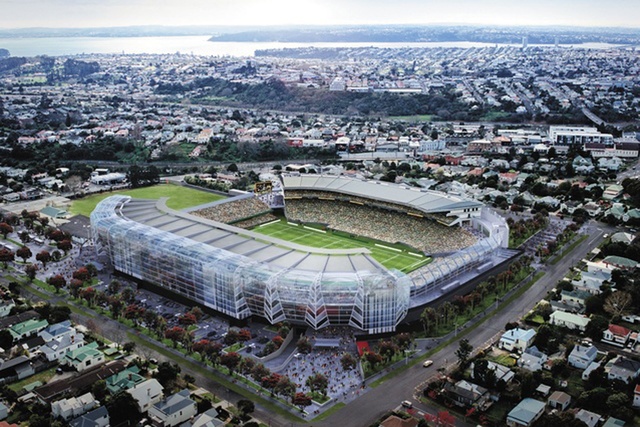
Eden Park is New Zealand’s largest sport arena, and also one of its oldest. Built in 1900, it is three kilometres out from Auckland’s CBD. Although used primarily for rugby union in winter and cricket in summer, it has also hosted rugby league and football matches.
The $256 million redevelopment was completed by Jasmax and Populous in October 2010, and provided a permanent capacity of 50,000 with a further 10,000 temporary seats for the 2011 Rugby World Cup games.
The stadium references the volcanic geology of Auckland and includes a number of innovative sustainable design features including the ETFE skin of the building, which was designed to maximise natural light and facilitate natural ventilation.

Constructed in 2011 in Dunedin, the Forsyth Barr Stadium is the world’s only fully-roofed natural turf stadium. A true hybrid, the arena holds large sporting events while also being used for large capacity events such as major expos and concerts.
The international architecture firm Populous designed the innovative stadium in association with Jasmax to replace Carisbrook. The unique permanent roof is clad in EFTE, a transparent polymer or plastic, which is light, enclosed and translucent, allowing maximum sunlight onto the pitch. This enables the grass to keep growing while protecting spectators from the elements.
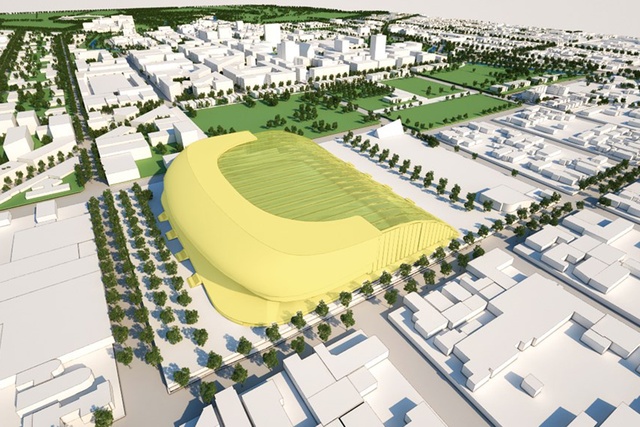
The future of New Zealand stadiums will be showcased in the proposed covered stadium in central Christchurch. Its main purpose will be to host rugby union, league and football to an international level, but it will also provide a venue for concerts and other entertainment.
In this early concept design, the stadium will have capacity for 35,000 people. The asymmetrical design will recognise the scale and use of the areas around the stadium, as well as incorporating necessary sunlight and a fixed, transparent roof option could allow the use of natural turf and enable further flexibility.
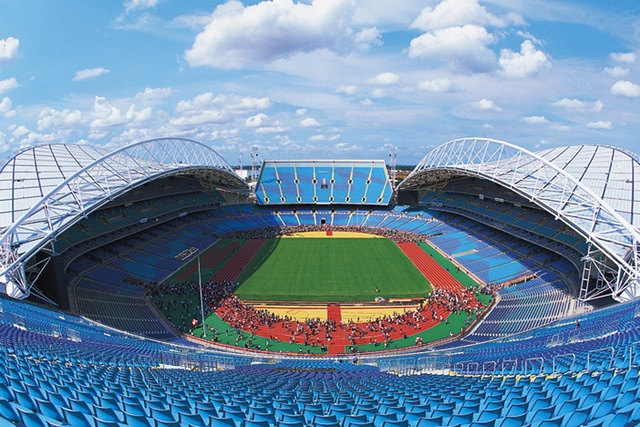
Officially opened in 1999, the Sydney ANZ Stadium is built with flexibility in mind. Entire sections of the seats move, allowing the stadium to change shape from a rectangular playing field to an oval ground in a matter of hours. This dynamic design allows the stadium to host a wide range of sports: rugby league, rugby union, AFL, soccer and cricket, along with being an entertainment venue.
The translucent, saddle-shaped roof is a key design feature. The roof was developed to suit Australian conditions by allowing maximum natural light without creating a claustrophic environment. Suspended from a huge arch structure, it is made of giant 10 x 10 metre2 polycarbonate ‘tiles’ separated by a series of stainless steel drainage gutters.
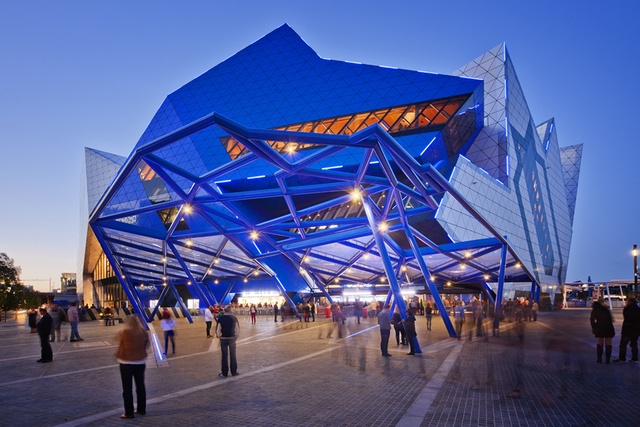
A finalist at the 2013 World Architecture Festival, the Perth Arena opened in 2012 and is a exemplary illustration of modern, sustainable design in multi-functional arenas.
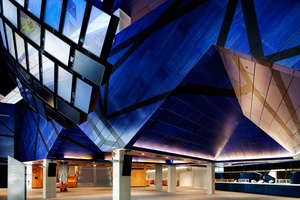
The stunning design was inspired by the 12-sided Round House in Fremantle and the 209 irregularly-shaped tiles of Christopher Monckton’s Eternity puzzle. The Yves Klein blue façade continues through the interior, which has plenty of light-filled spaces and timber panelling to bring warmth and contrast.
Featuring a retractable roof, sustainable elements include mixed-mode natural ventilation to public concourses, a low energy displacement air conditioning system, waterless urinals and locally sourced materials - for example the West Australian granite used in the entry foyers.
There are no shortage of inspiring examples of stadiums worldwide for New Zealand to learn from and to utilise in future designs. Below is a collection of five of some of the most interesting and unusual arenas from across the globe.

